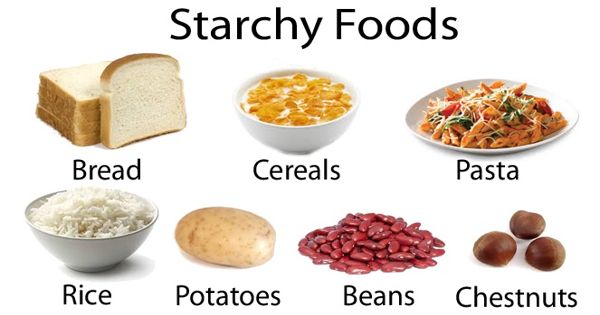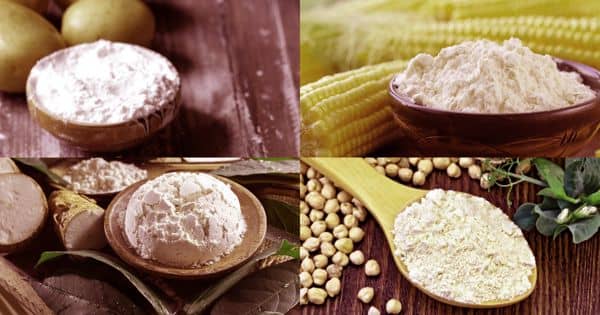Starch is a complex carbohydrate. It is a white, granular, organic chemical that is produced by all green plants. It is made of many glucose units joined by chemical bonds. It is a soft, white, tasteless powder that is insoluble in cold water, alcohol, or other solvents. This polysaccharide is produced by most green plants as an energy store. It is a white solid at room temperature, and does not dissolve in cold water.
Starch is a white, granular, organic chemical that is produced by all green plants. Starchy foods are a good source of energy and the main source of a range of nutrients in our diet.
It is the most common carbohydrate in human diets. Pasta, potatoes, bread, and other starchy foods are made out of carbohydrates. It is a mixture of the carbohydrate polymers amylose amylopectin varying according to the vegetable source. Starchy foods are a good source of energy and the main source of a range of nutrients in our diet. As well as starch, they contain fiber, calcium, iron, and B vitamins.
Starch is manufactured in the green leaves of plants from excess glucose produced during photosynthesis and serves the plant as a reserve food supply. In industry, starch is converted into sugars, for example by malting, and fermented to produce ethanol in the manufacture of beer, whisky and biofuel.

Starch in everyday activities –
- Starch in food
Some good food sources of starch are cereals, bread, potatoes, grains, peas, and beans. Starch is an important food product and a versatile biomaterial used world-wide for different purposes in many industrial sectors including foods, health, textile, chemical and engineering sector. It is also used for thickening sauces in cooking and thickening cold foods during a preheat. Starch is a white powder that is tasteless and odourless.
Foods with a lot of starch produce more energy than other foods. Starchy foods are our main source of carbohydrate and have an important role in a healthy diet. However, if this energy is not used, it is turned into fat by our livers.
- Laundry starch
There are also different kinds of starch, like laundry starch, which gives clothing a smooth and crisp feel. Sweat and dirt from a person’s wrist and neck will stick to the starch on the clothes, not to the fibers of the clothes, and will wash away along with the starch. Then, after each laundry load, the starch can be used again.
Starch versatility in industrial applications is largely defined by its physicochemical properties and functionality. But advancements in biotechnology and chemical technological have led to wide-range modification of starch for different purposes.
Information Source:
















